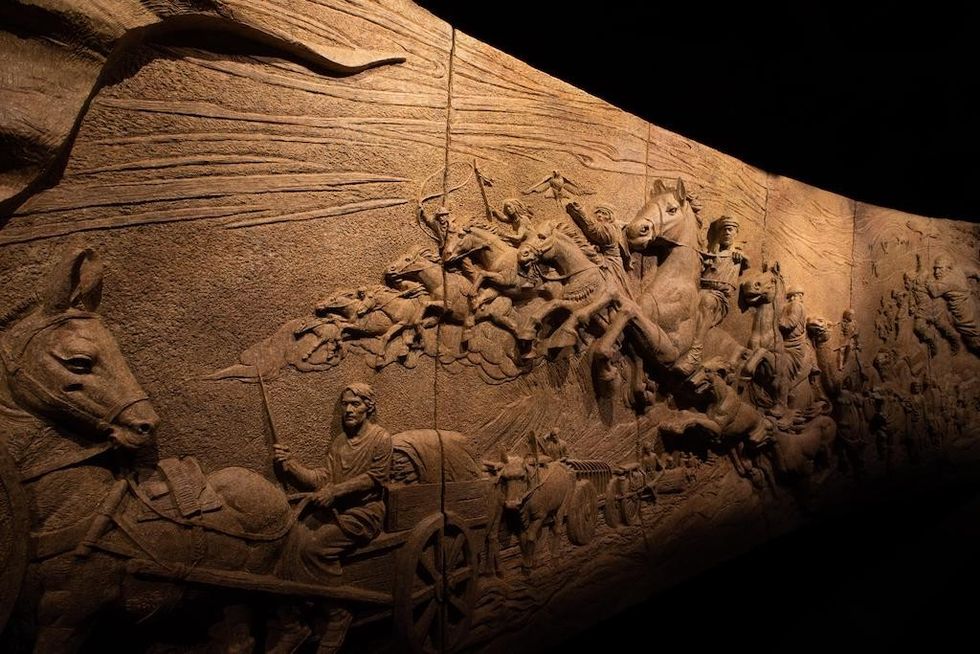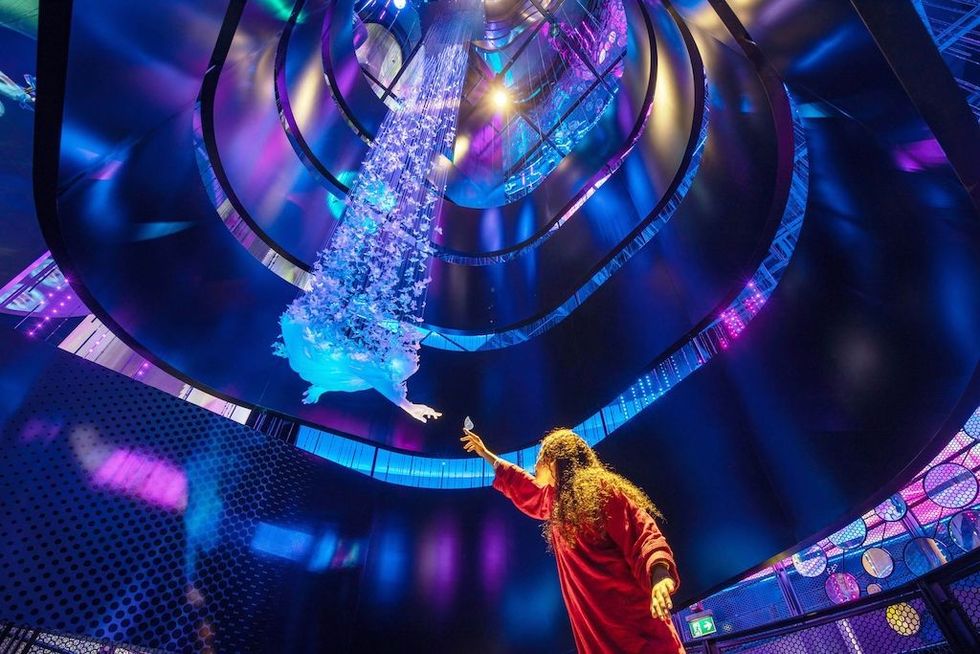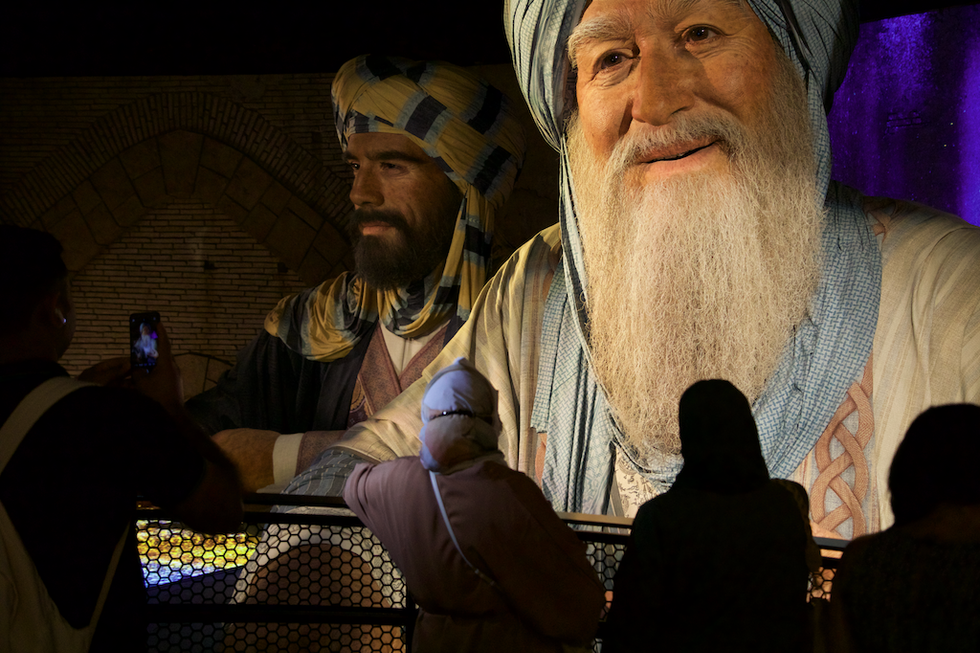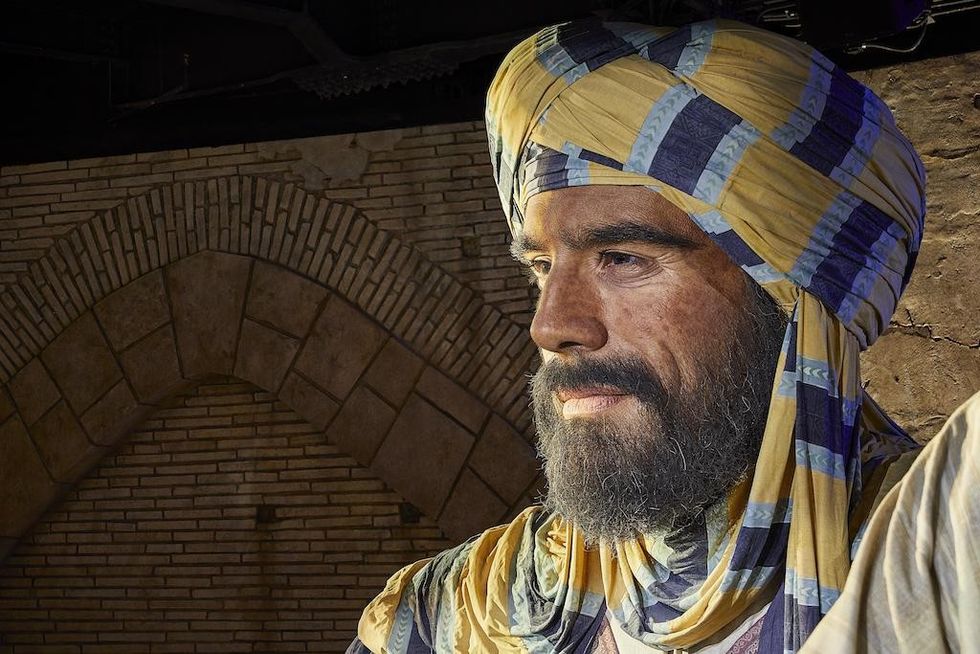Prague Planetarium is embarking on an exciting new phase in immersive science and cultural storytelling with the launch of Europe’s first LED dome, driven by Cosm’s state-of-the-art CX System. Following a significant renovation, this historic venue is now the most technologically advanced planetarium in the world.
Building on a legacy of over 65 years and millions of visitors, the planetarium now features a cutting-edge 22-meter, 8K+ LED dome, providing exceptional clarity, brightness, and depth. It also features advanced Digistar planetarium software and a comprehensive content ecosystem.
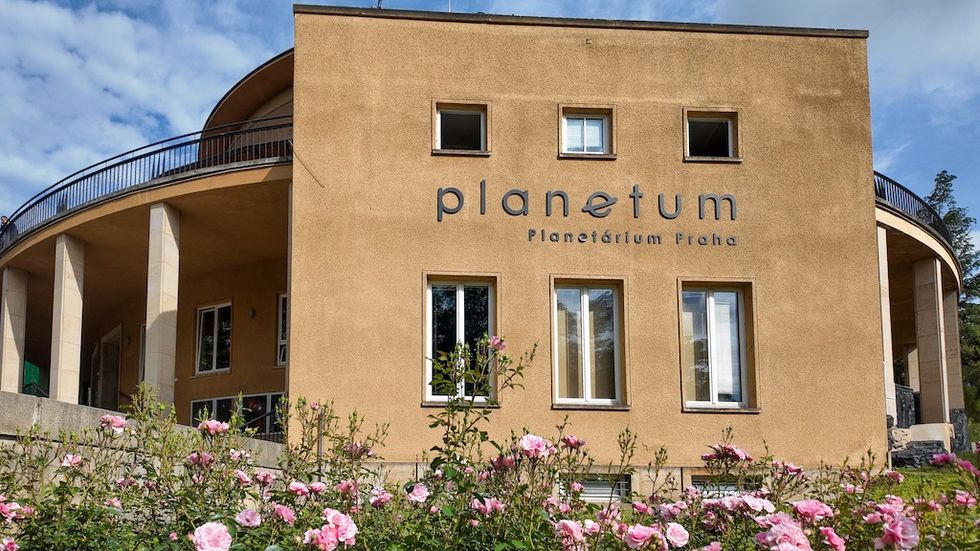
Martin Fuchs, creative director at Prague Planetarium, and Kirk Johnson, COO of Cosm, a global technology company that builds end-to-end solutions for immersive experiences, talk to blooloop about how this upgrade transforms the typical planetarium experience.
The first LED dome in Europe
The Prague Planetarium, officially the Observatory and Planetarium in Prague, has a nearly 100-year history. The Czech Astronomical Society opened the first public observatory on Petřín Hill. In the 1950s, it moved to a new site, and in the 1970s, a second observatory was added.
“Today, we operate three venues, working together to educate people about astronomy,” says Fuchs. “The planetarium also serves as a multifunctional venue for various science-related educational activities.”
The motivation behind this project to modernise the planetarium and introduce the new LED dome stemmed from the fact that the old projection system was ageing.
“When I arrived at the planetarium in 2018, the projectors and electronics were well beyond their lifetime. The dome itself was still the original from the 1950s. So, we decided to rebuild the planetarium completely.”
Around this time, Fuchs and his team witnessed a prototype of Cosm’s CX System. They fell in love with the technology: “From that moment, we knew we wanted to bring it to Prague.”
Two things make this installation unique: it's Europe's first LED dome, whether in a science museum or elsewhere, and it's a fully immersive 360 by 180-degree dome with a display extending to the floor.
“One of the key advantages of the CX System LED dome is that it eliminates sight lines, unlike traditional projection systems, which can encounter shadows caused by people in the space,” says Johnson.
“With LEDs emitting the light directly, we were able to bring the display right down to where visitors stand and even integrate the seating platform into the dome itself. That means you're not just watching what’s on the dome—you’re sitting inside it.
“This level of immersion goes beyond what projection systems can deliver – achievable only through LED dome technology and the power of the CX System."
A unique project for Prague Planetarium
Explaining why his team chose the LED system over traditional projection, Fuchs says:
“If you see the screen, you understand immediately. It’s hard to describe, but the experience is totally different. If I had to highlight one key advantage, it’s the high contrast and the lack of ‘projection slide’ issues.”
Traditional planetariums must balance reflectivity: enough to display images clearly, but not so much that light leaks inside.
“With LED, this problem is completely solved because it’s a direct display, not projection. You have light only where you need it, and the rest is true darkness. That’s the main benefit. On top of that, the brightness, colours, and overall image quality are on a whole other level.”
This project was feasible at this scale because Cosm is vertically integrated, says Johnson: “We control everything from the structural design and the LED display to processing, pixels, software, installation, and training. That allowed us to maximise every opportunity.”
It was not without difficulties, however:
“We had to fit 21st-century technology into a 1950s building, built in an industrial, socialist style,” says Fuchs. “The architect designed the building thoughtfully, making it a beautiful space. However, fitting this cutting-edge technology within heritage-protected walls was definitely challenging.”
Rising to the challenge
One of the big challenges was that the planetarium wanted to maintain the largest possible dome within a historic space, without altering the exterior of the facility.
“We had to fit a 22-metre dome inside with very tight clearances between the display and the existing walls,” says Johnson.
That required special precautions and creative solutions.
“We tied the structure into existing columns to support the dome. Thanks to Cosm’s vertical integration, our team collaborated with architects and engineers to design everything to fit the maximum-size dome within the constraints of the space.”
Additionally, there were logistical challenges specific to working in a heritage site.
“We had to ship equipment from here to Prague by train, store it outside the city, and bring it in truckload by truckload. Then we had to move it up to the second floor to get it into the dome.
“Those are the kinds of things we don’t always encounter in other projects. But thanks to our global experience, not just with CX Systems and LEDs, but with dome installations in general, our team had the expertise to manage all the logistics and still meet the customer’s schedule.”
Cosm’s CX System and Unreal Engine
The CX System is referred to as a software-defined display, combining advanced hardware and software for hyper-realistic visuals and unified display and content production.
“While LEDs themselves are a relatively known commodity, CX System’s software engine processes them in ways others don’t to optimise their performance,” says Johnson. The digital core of the CX System is a real-time engine, meaning it renders the image 60 times per second.
“That’s not something most people realise. Of course, we can easily play back multi-feed video content, but what makes the system powerful is its ability to render content in real-time. For example, you can use an Xbox controller or joystick to fly smoothly through a 3D scene, while the system renders real-time and high-fidelity views of the immersive world you’re travelling through.”
As a result, integrating the real-time 3D creation platform Unreal Engine into CX System’s software suite was a natural step:
“We now have a direct interface with it, which opens up a whole new range of possibilities. Beyond traditional video playback and astronomy content, creators can now leverage everything Unreal offers, whether it’s for video game development, advertising, commercial applications, or virtual production.”
It provides customers with access to an entire ecosystem of creators and tools that can be integrated into the system and displayed on the dome quickly and easily, in ways that were previously impossible.
“From an operational standpoint, it’s incredibly flexible. You can bring in content across a wide range of topics and sources, and update or change it quickly. With production tools like Unreal Engine and Digistar, CX System expands what a planetarium can deliver, making it easier than ever to entertain, educate, and engage audiences in entirely new ways.”
Helping Prague Planetarium meet its goals
Speaking about how the new upgraded dome helps the planetarium fulfil its mission, Fuchs says:
“Our primary goal is simply to deliver the best possible service to the public. As a publicly funded organisation, we strive to be the best in our field. Naturally, we’ve seen a massive increase in visitors because the new dome is something brand new and exciting.
“But beyond that, the upgraded dome opens up far more possibilities for presenting different types of content. Traditionally, planetariums are designed specifically for projecting the night sky. That works well because stars are just pinpoints of light in complete darkness."
“But when you try to show content like daytime nature scenes or bright images, projection systems fall short — there’s light spill, colours are faint, and the overall quality suffers.
“With an LED display, you have a fully lit canvas that allows you to present a much wider range of content — nature, technology, culture, and more. As a content producer, this is a big step forward.
“So yes, we want to continue focusing on astronomy, but also be open to all kinds of science, culture, technology, and performance presentations. This new system opens the door wide for us.”
Redefining storytelling in planetariums
Johnson agrees, adding that this technology completely redefines the possibilities for storytelling in dome theatres.
“It’s not just an upgrade. It’s a level of quality that hasn’t been seen before, even in most flat-screen cinemas. We're talking about 100 to 150 foot-lamberts of brightness, 8K and higher resolutions, and contrast ratios that match what you’d expect from the best flat-panel displays—all within a full-dome environment.”
That kind of visual performance opens up extraordinary creative possibilities.
A notable example was the Prague Planetarium's opening show: a completely original, hour-long live performance that seamlessly integrated live actors with captivating and interactive immersive visuals in real-time.
“It was a bold, creative use of the system and physical space, and something we hadn’t seen done before in a dome setting. It showcased a small glimpse of what’s now possible with this technology. We’re only beginning to scratch the surface of what creators will do with it as more of these systems are installed around the world.”
While ‘immersive’ is a term that is increasingly overused in the industry, this truly delivers on it.
“Planetariums were among the first immersive experiences, and what we’ve done now is elevate that to an entirely new level. I’d challenge anyone to sit through a show at the Prague Planetarium and walk away saying it’s not immersive. You’re not just watching content—you’re being transported entirely.”
The ‘wow factor’ with CX System
There’s a strong market trend toward LED-based, immersive formats in planetariums and museums.
“In my opinion, what’s driving that shift is the quality that this new LED technology delivers. I’ve been in this industry for 35 years, and the goal has always been the same: how do we make it better? Brighter images, higher resolution, better contrast, especially in domes.
“With our CX System LED dome, we’re finally able to achieve levels of brightness, resolution, and contrast that simply aren’t possible with projection. The contrast ratio alone is something projection can’t touch.
“It’s that ability to finally reach the level of visual quality we’ve always aspired to that’s pushing the industry in this direction. Once someone sees it for themselves, they know this is the future.
“And I think we’re going to see more and more of that shift as institutions like Fort Worth Museum of Science & History, Prague Planetarium, and our other installations like Arizona Science Center continue to open and generate buzz."
“People in the industry—especially those who’ve spent their careers working with dome theatres—understand the specifications when we talk about 8K resolution, a 50-foot average viewing distance, or a 10x contrast ratio. They get it on paper. But when they see it in person, that’s when it clicks. There’s an emotional, transformative reaction that can’t be explained in numbers.”
That’s precisely what happened with the Prague Planetarium team, he adds:
“Once they saw the system, there was no going back. They weren’t going to settle for anything less than the best, because they wanted to give the people of Prague and the surrounding region a world-class experience, powered by best-in-class technology.”
Sustainability and longevity at Prague Planetarium
When it comes to new technology like this, accessibility, sustainability, and operational longevity are key considerations.
“One of the major advantages of our LED dome design is its lifespan,” says Johnson. “Compared to traditional projection systems, LEDs are inherently more durable. Not too long ago, projection systems used lamps that had to be replaced every 1,500 to 2,000 hours.
“Even with today’s laser projectors, you're typically looking at around 20,000 to 25,000 hours before brightness drops to 50%, which means you’re either replacing lamps or entire projectors.”
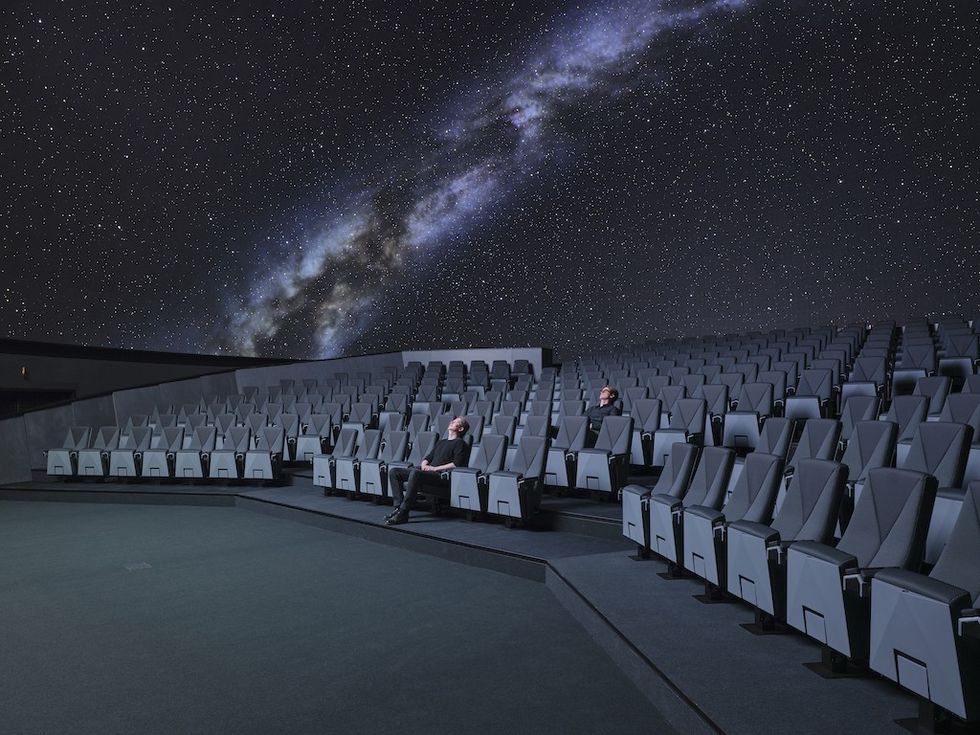
With LED domes, the expected lifespan is around 100,000 hours. While the upfront investment is higher, the long-term operational value is significantly greater. Not only do the LEDs last substantially longer, but their performance degrades much more slowly, often only around a 10% decline in brightness over that time, compared to 50% or more with projection.
“That translates to consistently higher image quality over the life of the system.”
“LEDs are also inherently more efficient. We've seen this in everything from residential to architectural lighting; everyone is moving to LED because it delivers better performance with lower energy use. Lumen for lumen, our LED systems are significantly more efficient than lamp-based or even current-generation laser projection systems.”
From a sustainability standpoint, they consume far less power and have a significantly smaller environmental footprint.
“As we continue to evolve the system, we’re always looking for ways to improve efficiency, reduce environmental impact, and ensure our technology is not just visually compelling, but also future-proof and responsible for long-term use.”
A team effort
It takes many people to bring a project like this to life, says Johnson. “It’s a major investment and not a simple task, especially given the historical challenges of the building.
“The team in Prague was fantastic. They were among the early visitors to our demo centre in Salt Lake City, Utah, where they saw the capabilities and the ‘wow’ factor firsthand. Once they experienced it, they knew they had to bring it to Prague as part of their renovation.”
From that point on, the collaboration focused on coordination; managing logistics, aligning with building engineers and architects, and ensuring the necessary infrastructure was in place, including the physical structure, power, HVAC, and all other elements required to support the system and the theatre around it.

“They did have a few specific requirements. One was the minimum dome size; they wanted at least 22 meters, which was challenging to fit in certain areas. After visiting our experience centre in Salt Lake City and seeing how our system eliminates projection sight lines, they also wanted us to extend the display down to the floor.
“That enhanced the immersivity, so we adapted the design, while also working around existing doorways and the tight physical layout.”
Sustainability was another key consideration. Prague, like much of Europe, has strict energy requirements. “We worked closely with them to stay within their power and HVAC limits. That meant optimising the system and modifying some capabilities to meet local constraints. It was a true partnership from start to finish.”
Fuchs adds:
“Working with the Cosm team has been amazing. They are very experienced. Challenges and issues are inevitable with something this new, but we’ve managed to overcome them.
“Cosm has been fantastic, we’re absolutely happy to have them as our partner.”
A ‘dream machine’
Johnson says that one of the best parts of the job is seeing people’s faces the moment the CX System LED dome display lights up for the first time.
“I had the chance to experience that a few times in Prague. During a press conference just days before the official opening, I was sitting at the front, facing about 60 or 70 members of the media. As the dome came to life, watching their expressions and seeing the awe and wonder on their faces was incredibly gratifying.
“A few days later, we hosted an event for around 300 international guests from the science community. Once again, the reaction was the same. People pulled out their phones, took photos, and shared the experience. That excitement, that amazement, is what tells us we’ve done something truly impactful.”
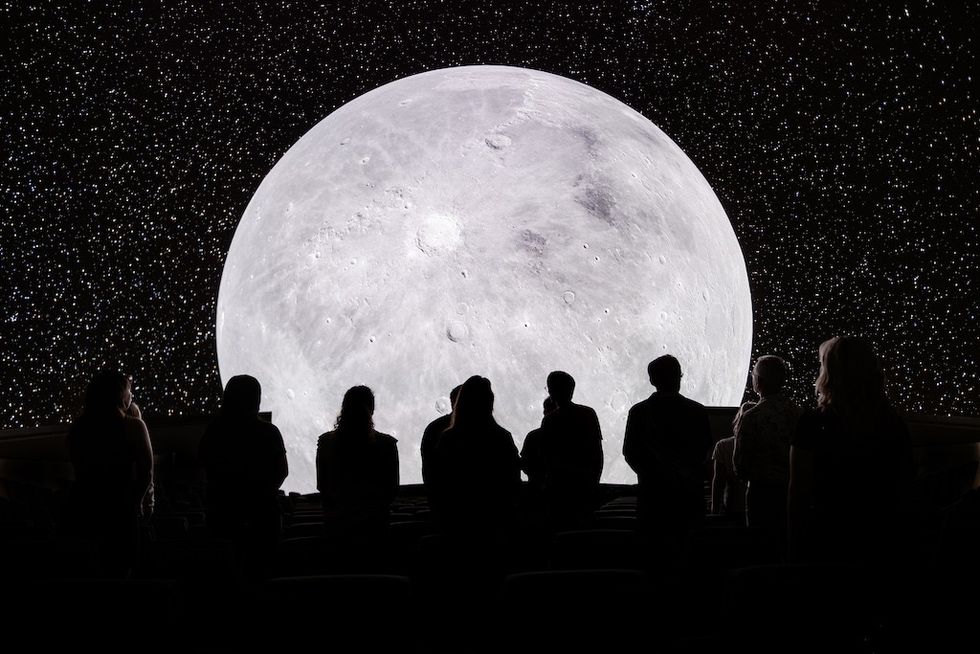
A few days after the Cosm team returned home, they received an email from Fuchs revealing that the planetarium had attracted 10,000 visitors during the opening weekend.
“He called the system a ‘dream machine’, and honestly, hearing that from a client after all the collaboration, effort, and challenges, that means everything. It validates all the work that went into the design, engineering, logistics, and installation. That’s what makes it worth it.
“We’re incredibly proud to have been part of this transformation in Prague. And to see their team so proud, after all the effort they put into fundraising, working with the city, managing the buildout, and finally sharing it with their visitors, that’s what makes a project like this so rewarding.
“We’re already looking ahead to the next one, with projects coming up in Arizona, Nevada, and beyond, but Prague Planetarium will always be a special milestone for us.”
Seeing is believing
Looking to the future, Fuchs says:
“In the mid-term, we want to shift the perception of the planetarium from being just ‘astronomy,’ which is what most people think of. We want people to come in the evening for relaxation programs, concerts, and theatre. Becoming a truly multifunctional venue here in Prague is a key goal, especially since our technology and presentation capabilities are truly unique.
“In the long term, our dream is to build another venue in Prague, since it’s one of the few major European cities without a science centre. Once we catch our breath after this project, we’ll start dreaming about making that science centre a reality.
Ultimately, on the new LED dome, his message for everyone is: just come and see it. “It’s better than a thousand words. And if you’re thinking about building something like this in your city or town, you should go for it.”
Top image credit COLL COLL. Other images credit Cosm unless stated.
Charlotte Coates is blooloop's editor. She is from Brighton, UK and previously worked as a librarian. She has a strong interest in arts, culture and information and graduated from the University of Sussex with a degree in English Literature. Charlotte can usually be found either with her head in a book or planning her next travel adventure.




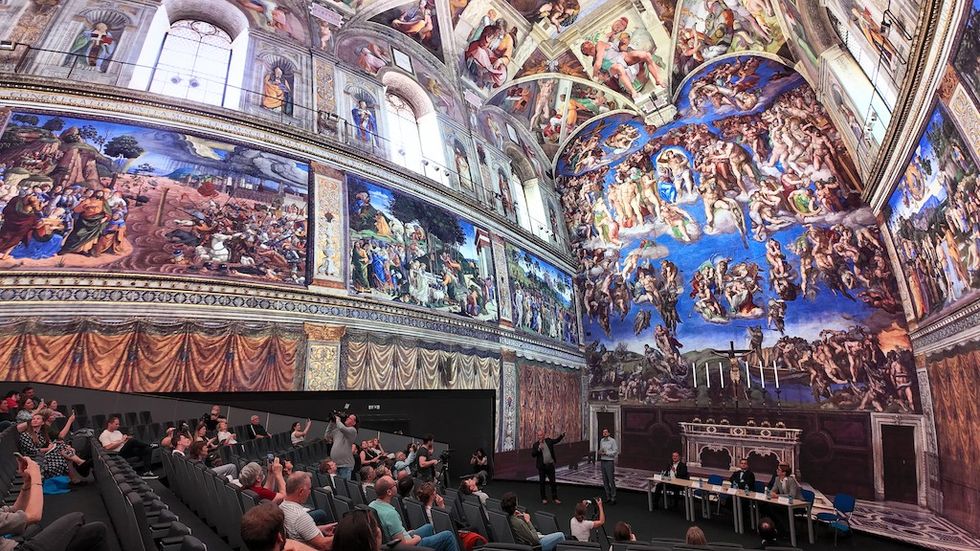
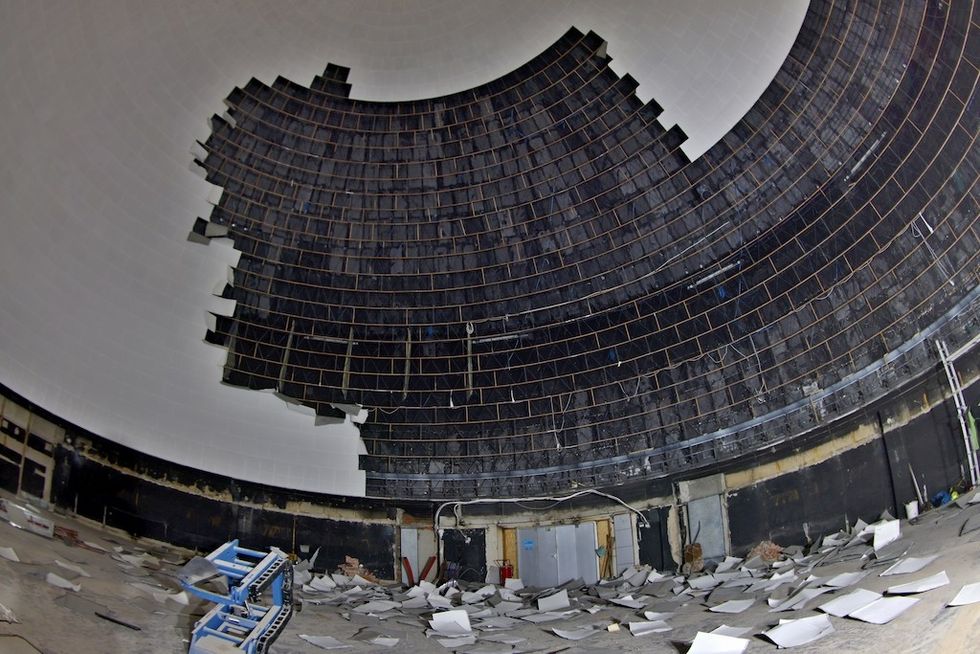
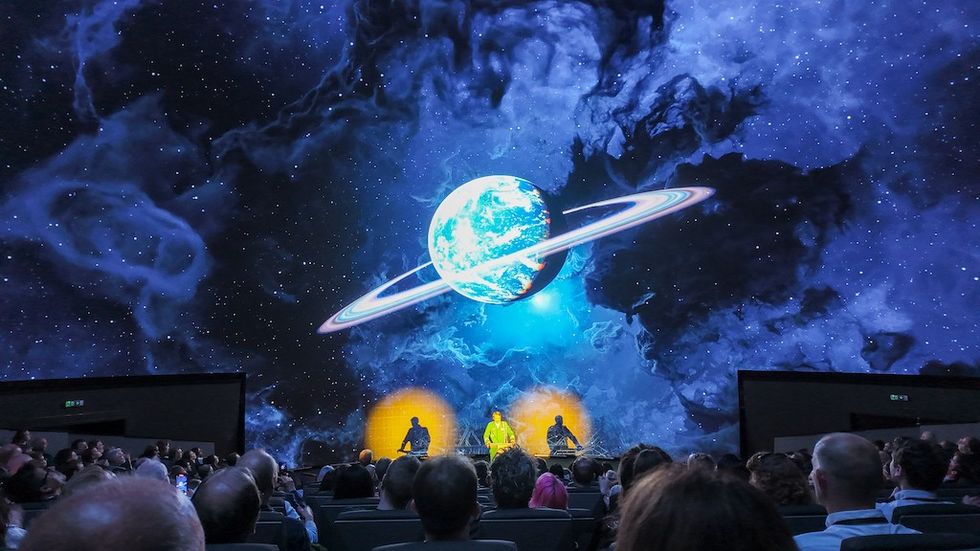
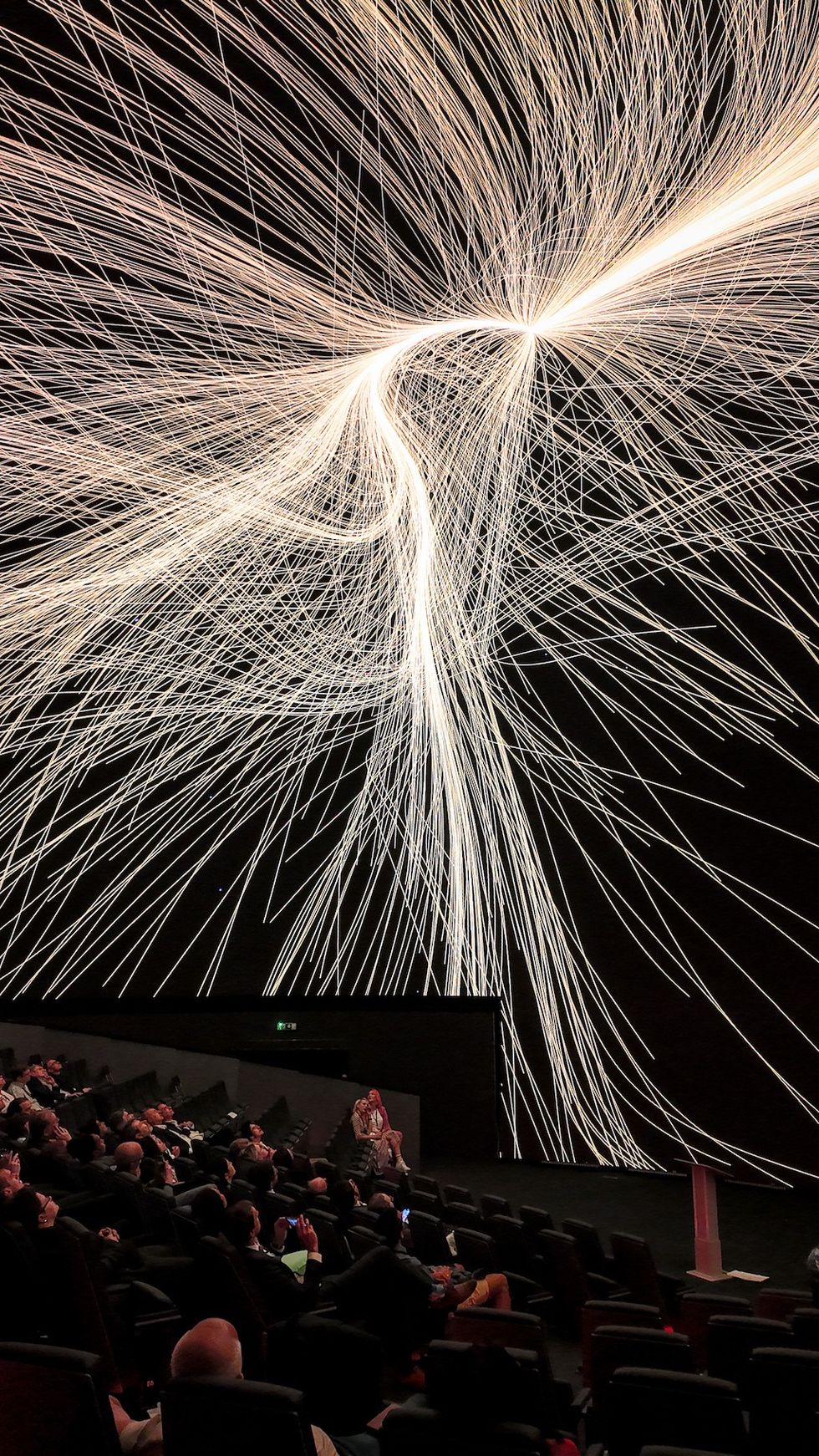
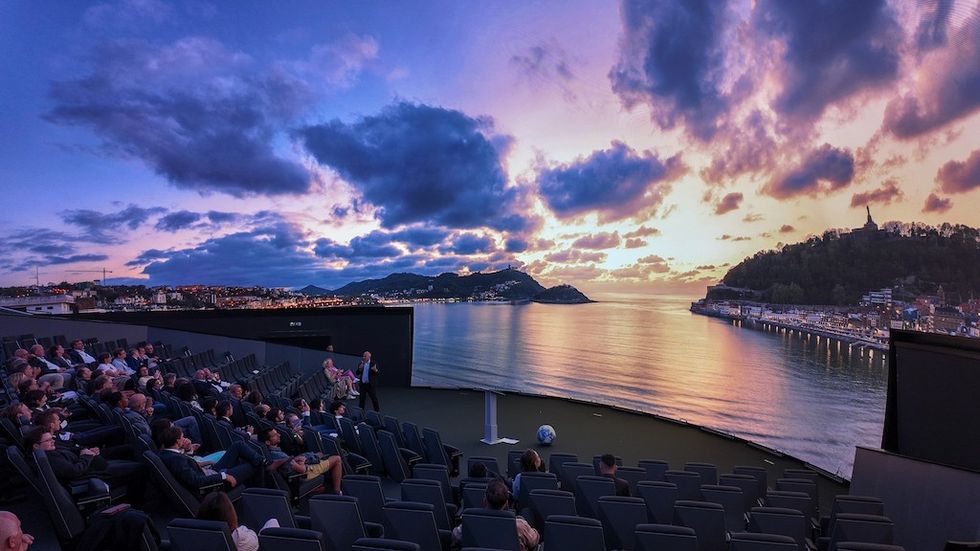
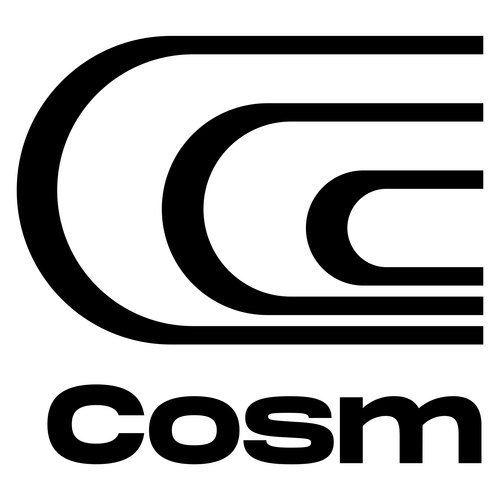
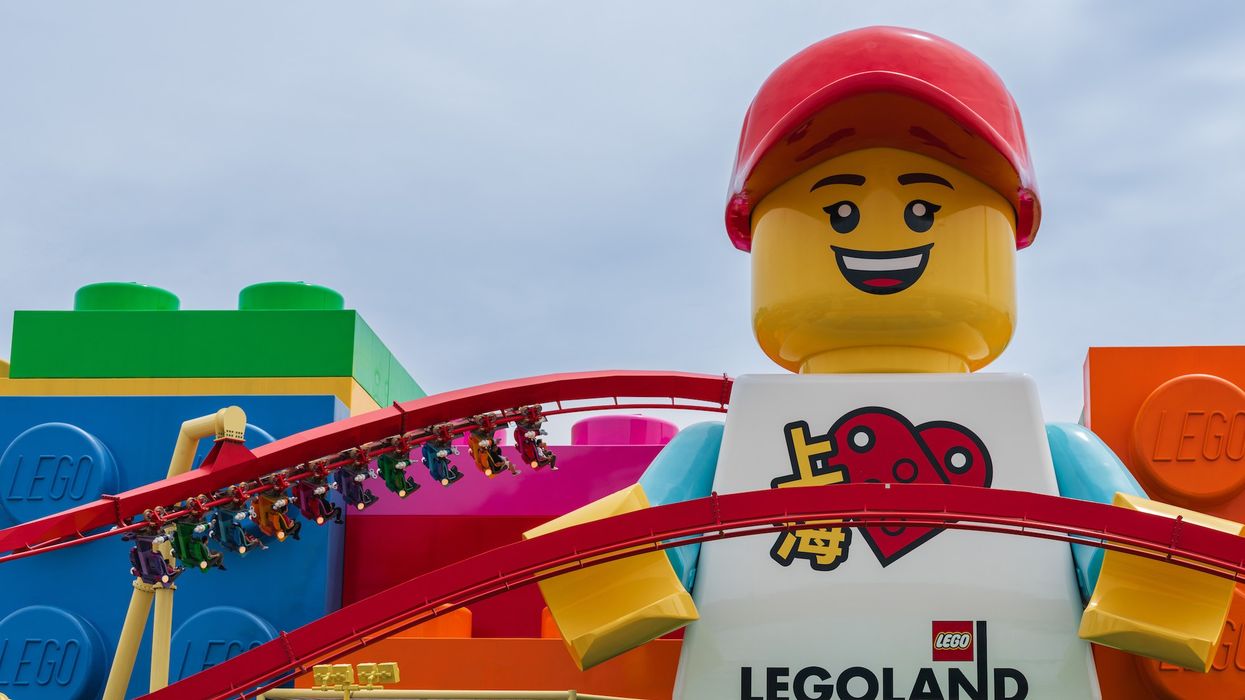
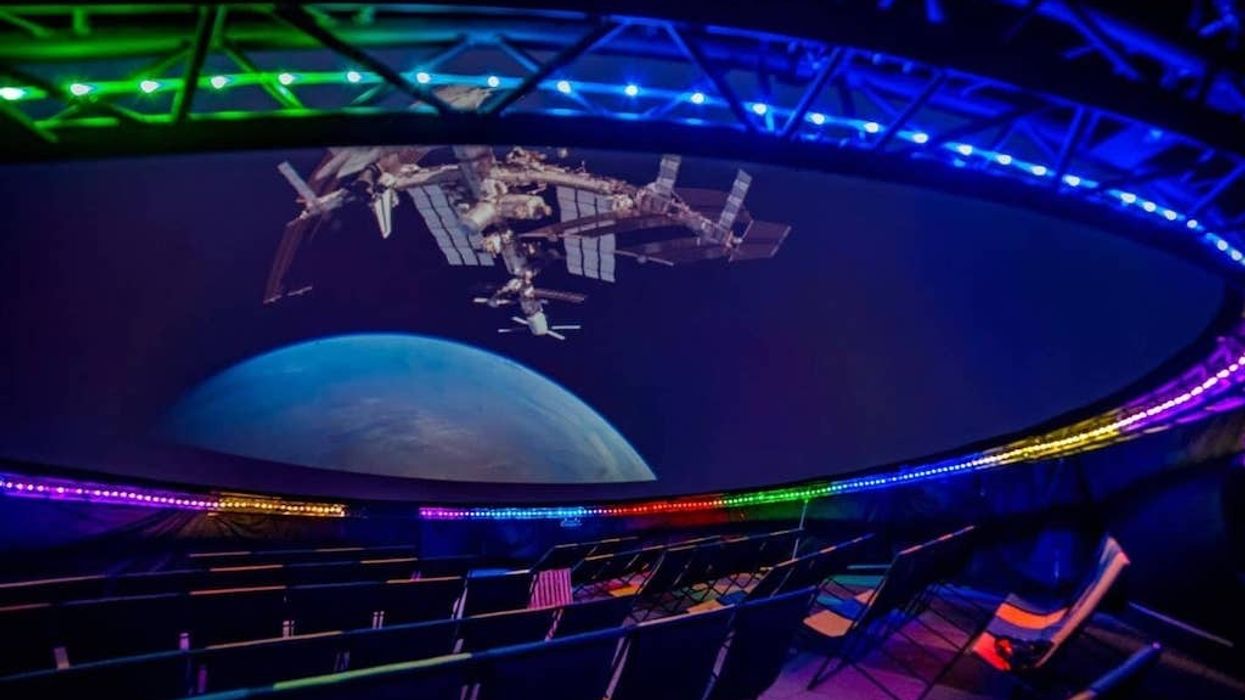


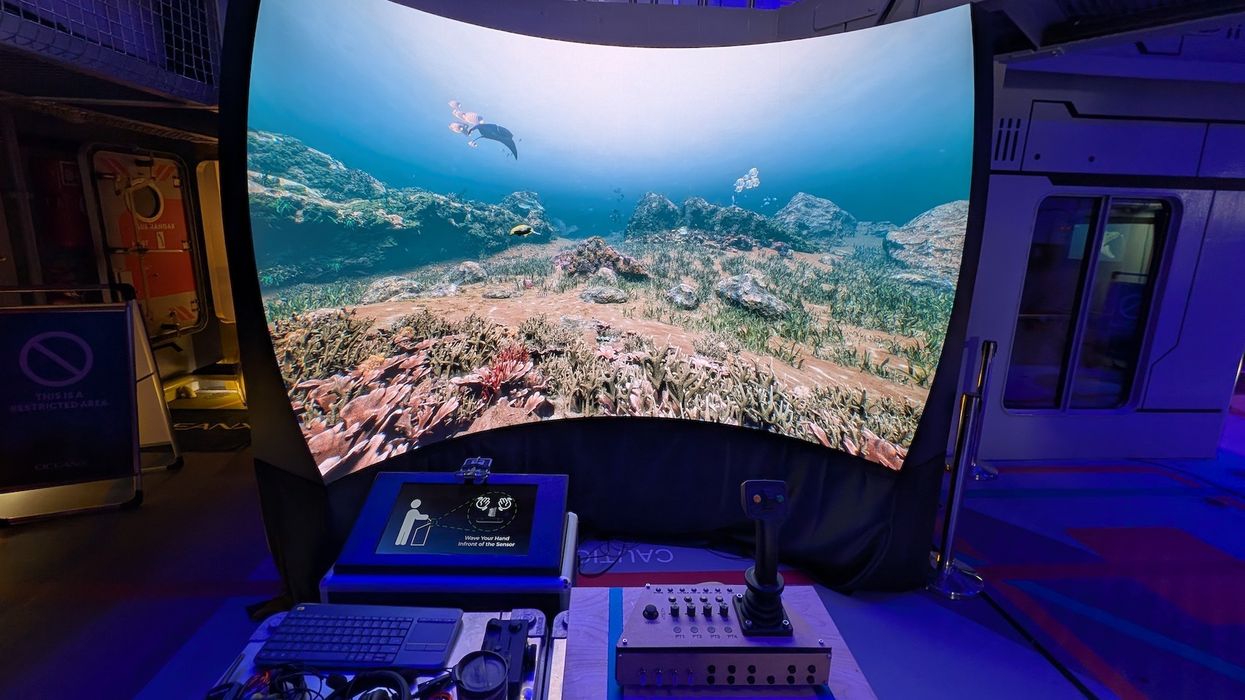
 TM Lim and Adam Wales
TM Lim and Adam Wales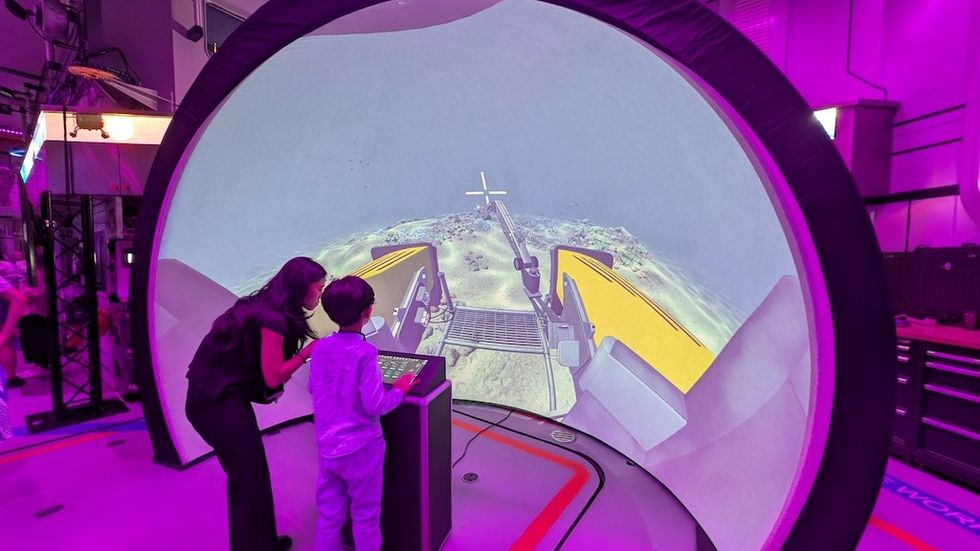
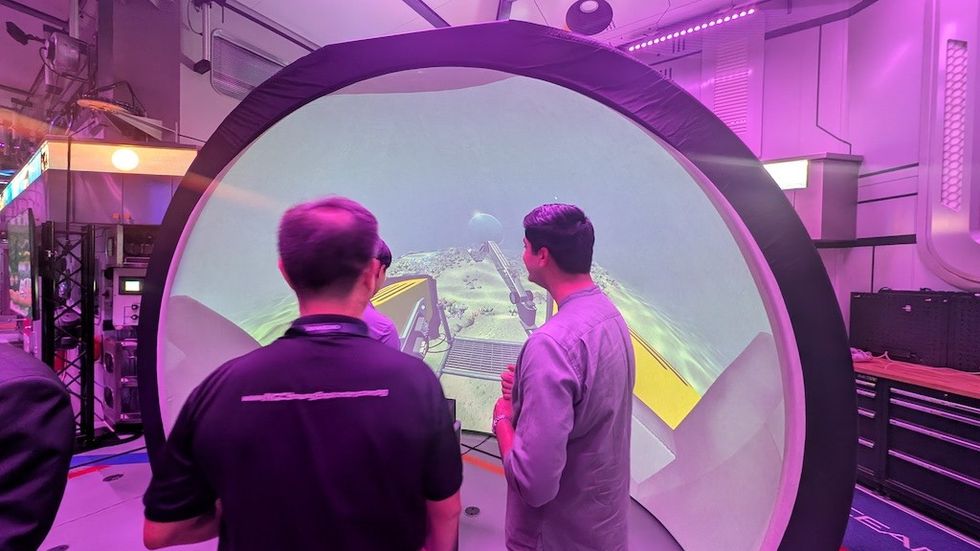
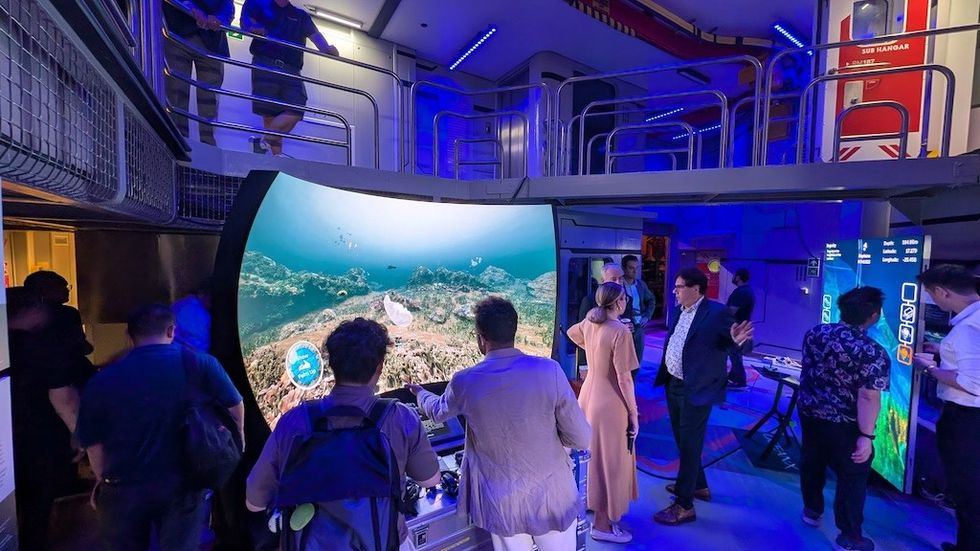

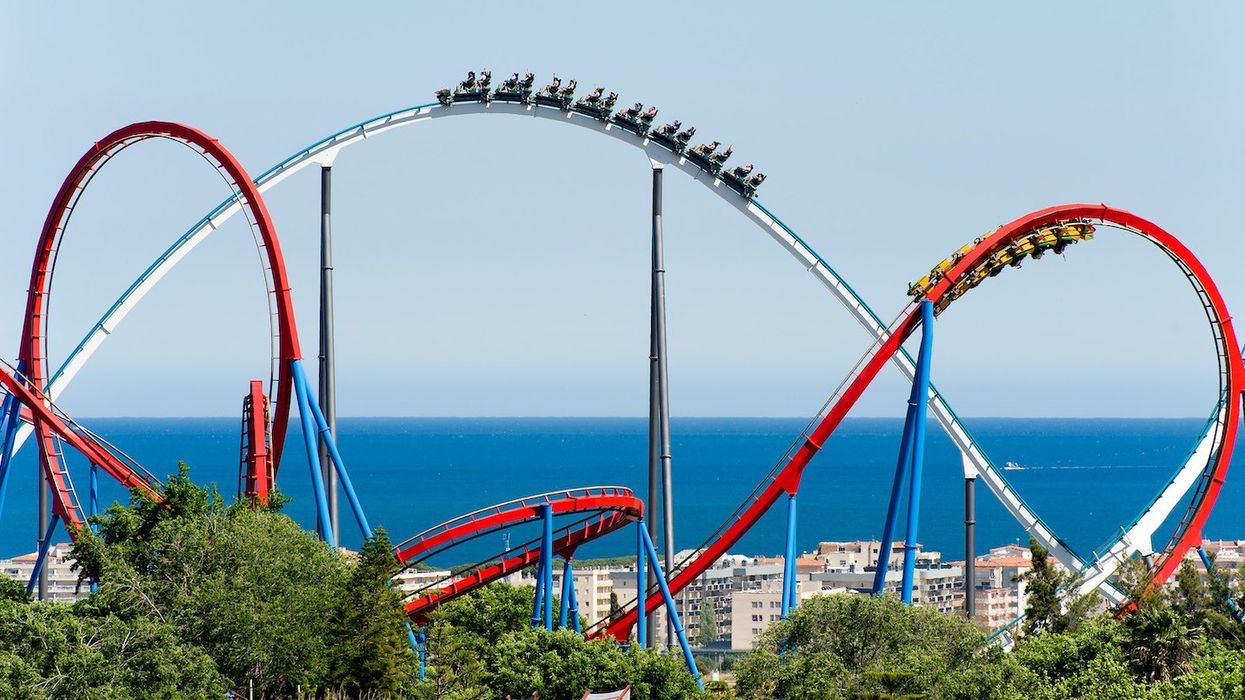
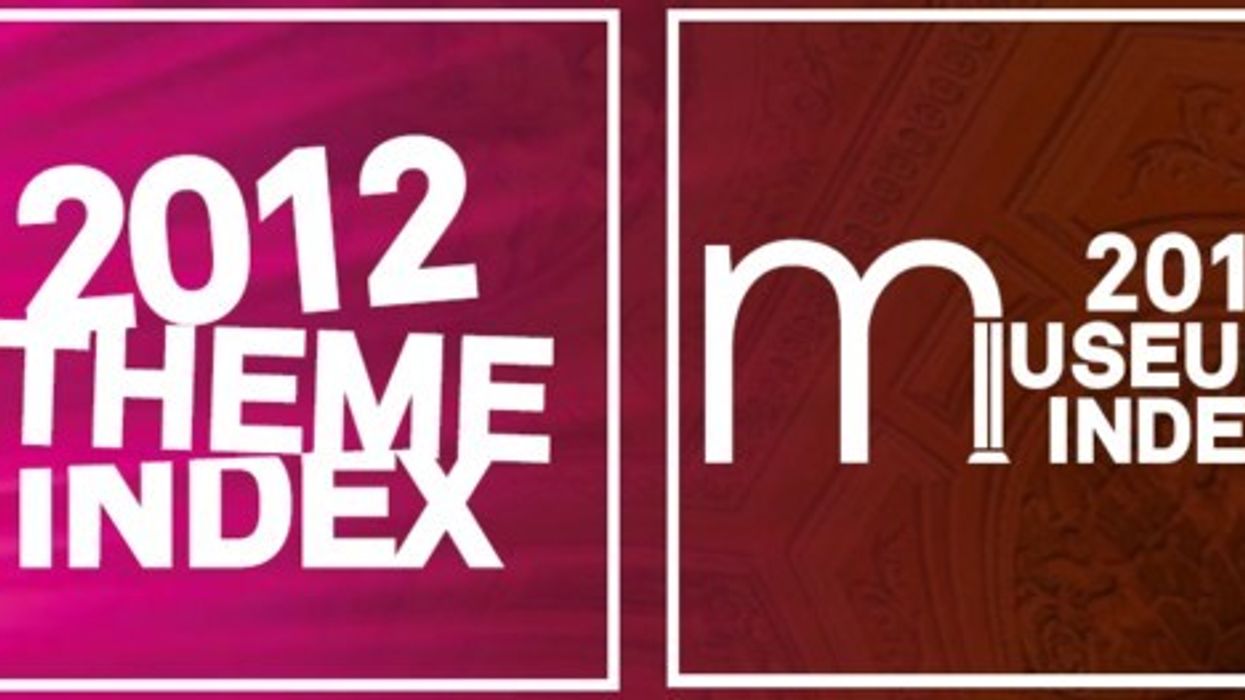
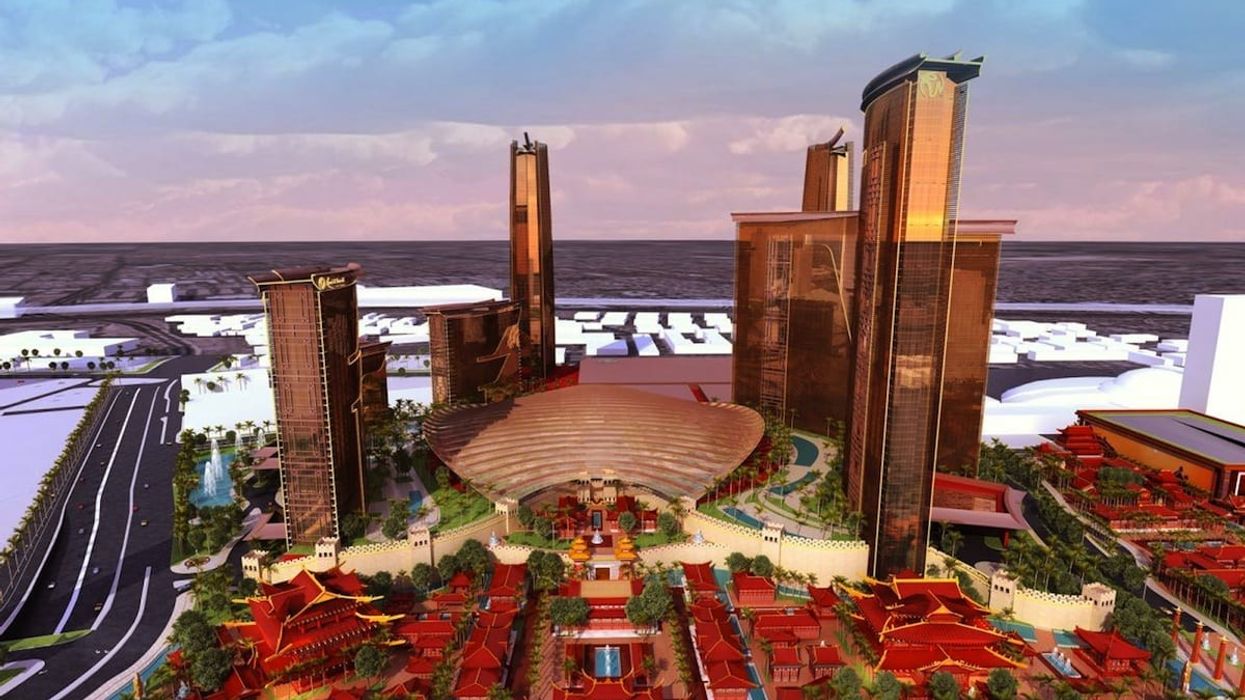
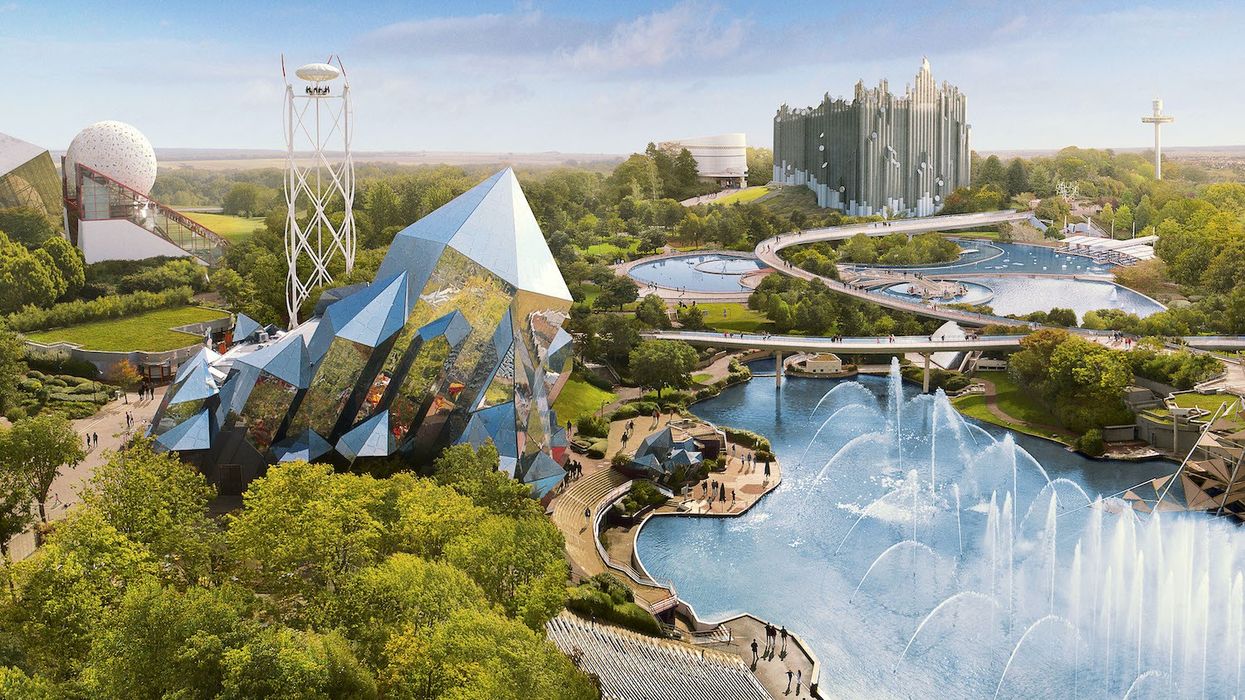
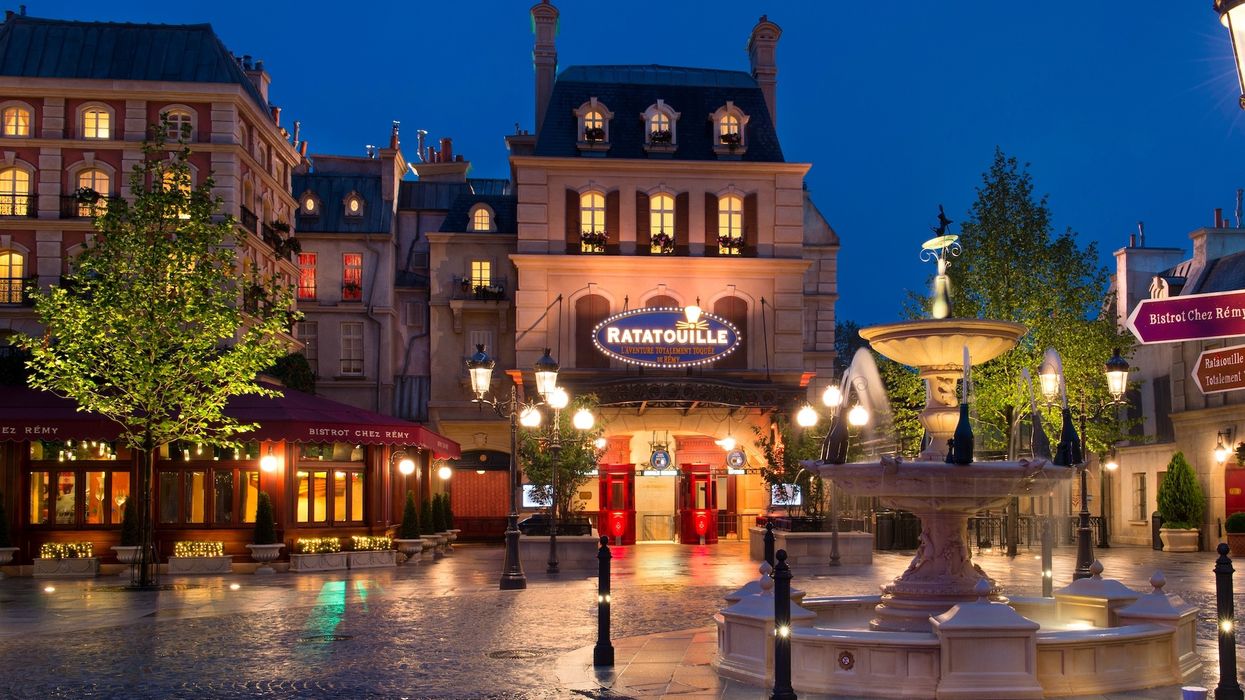

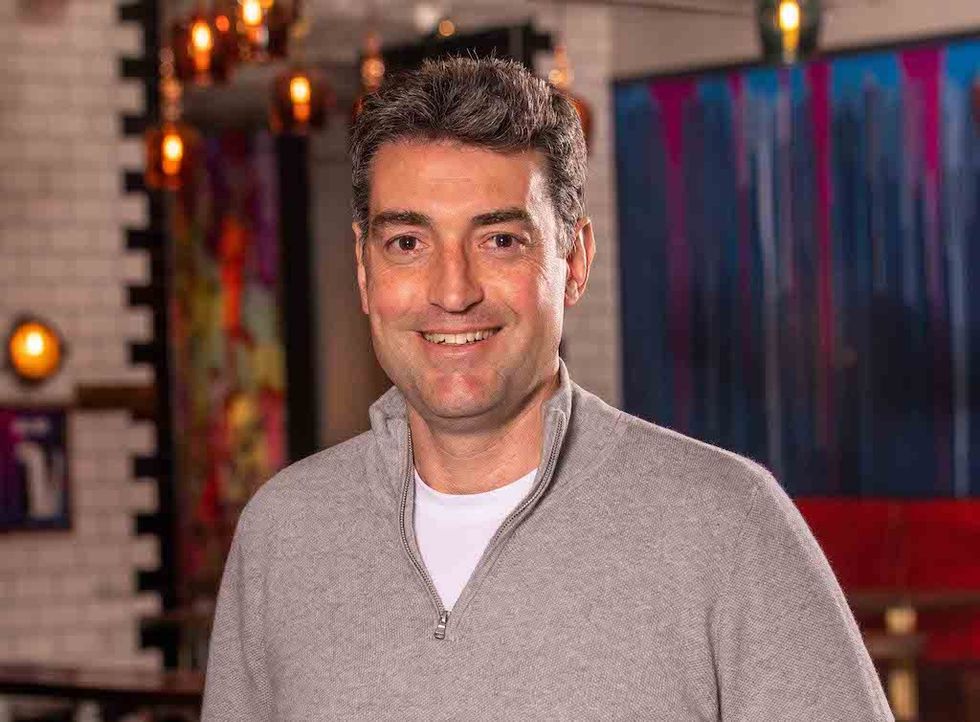 Toby Harris
Toby Harris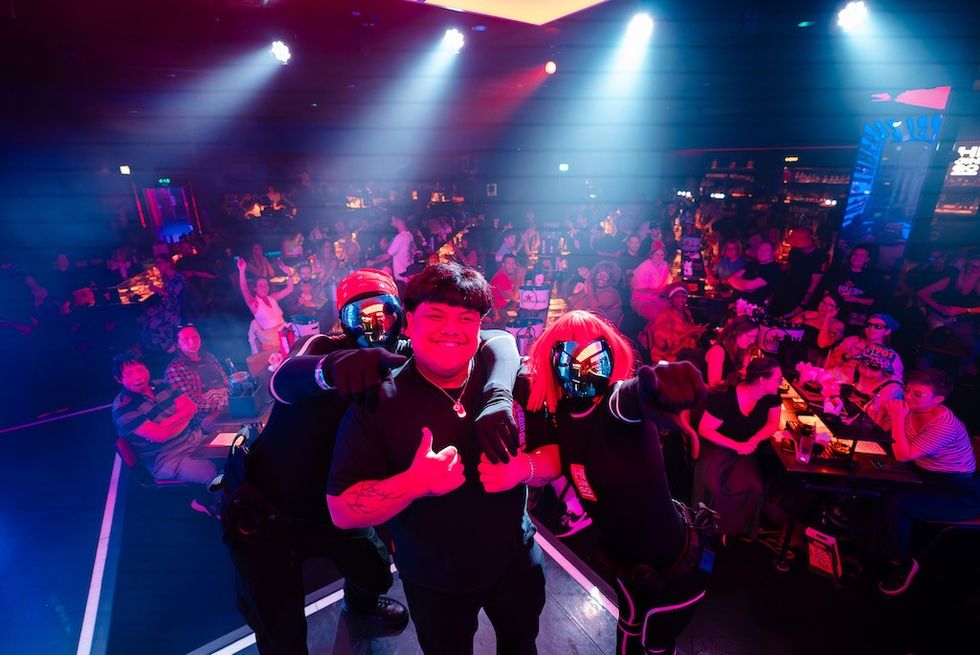 Hijingo
Hijingo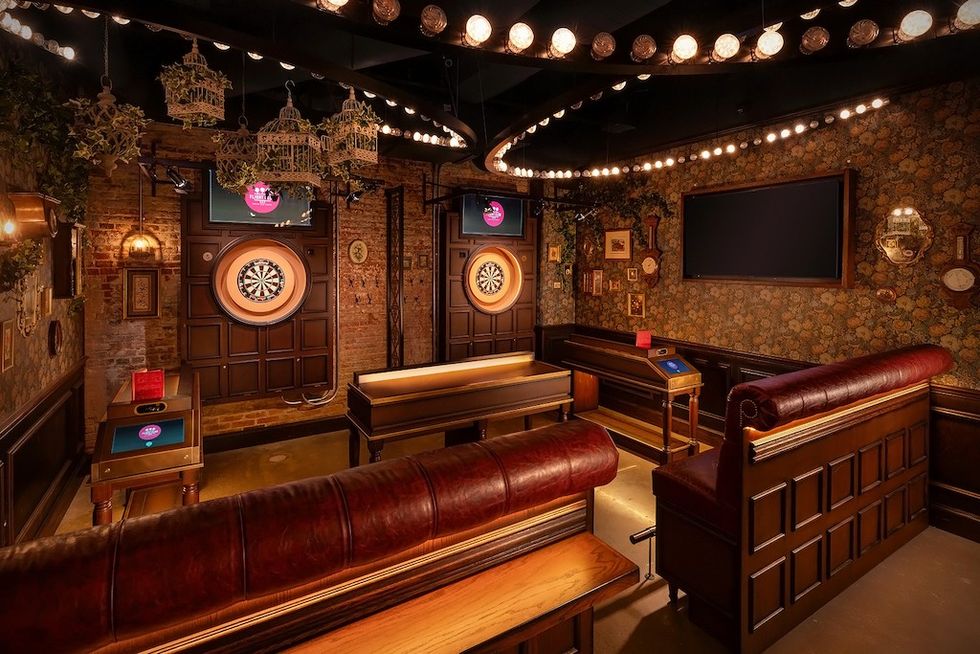 Flight Club, Washington D.C.
Flight Club, Washington D.C.
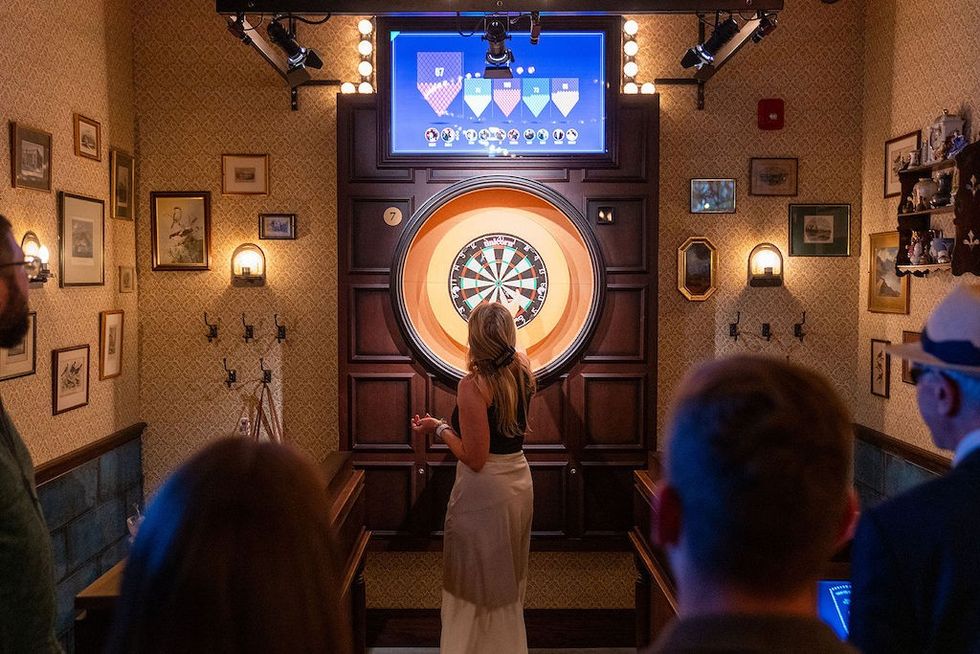 Flight Club Philadelphia
Flight Club Philadelphia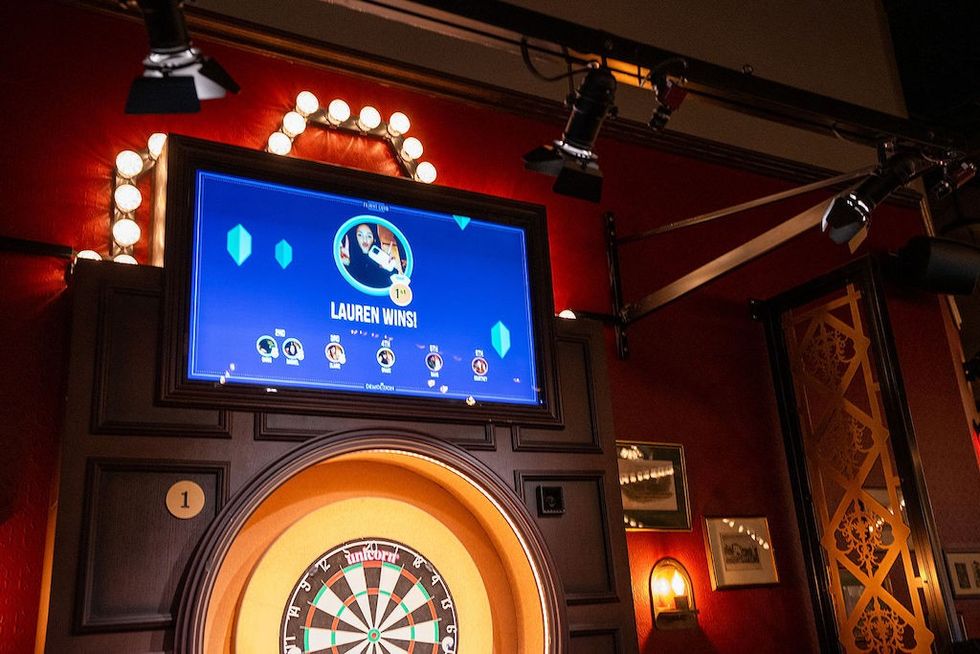 Flight Club Philadelphia
Flight Club Philadelphia Bounce
Bounce Hijingo
Hijingo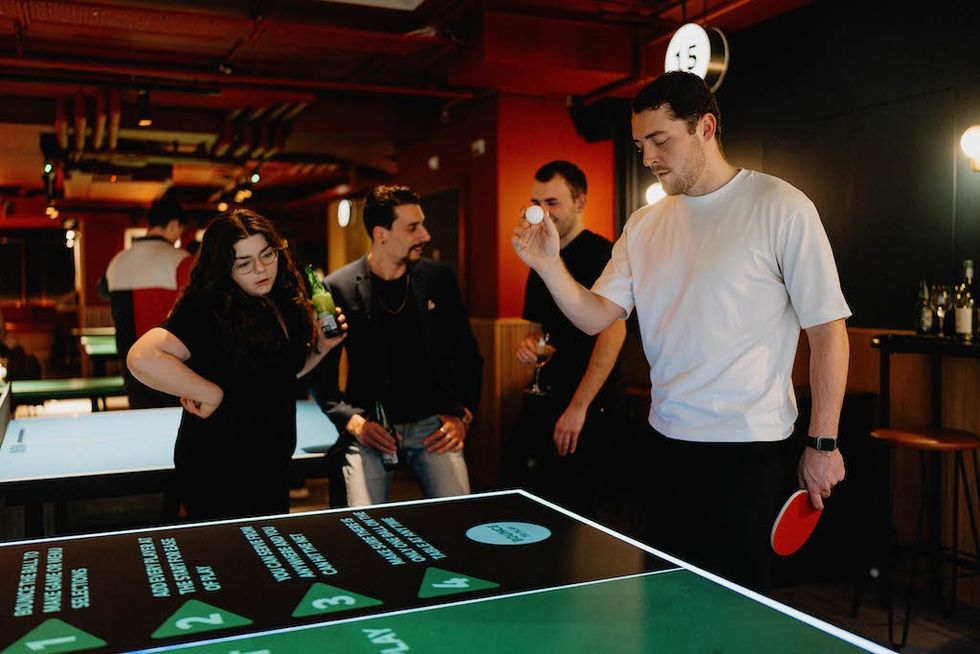 Bounce
Bounce
 Fernando Eiroa
Fernando Eiroa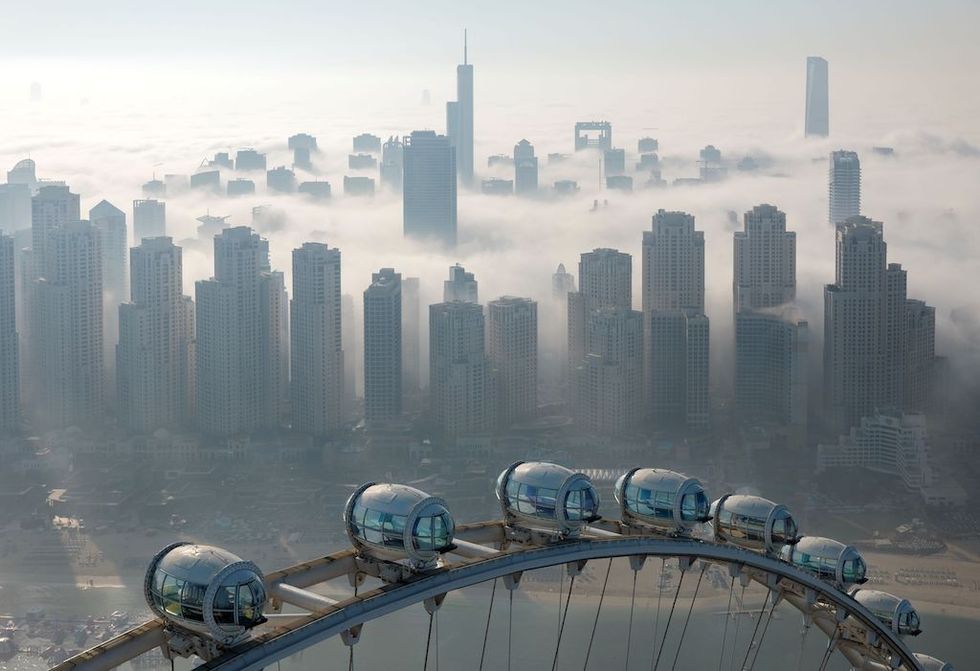
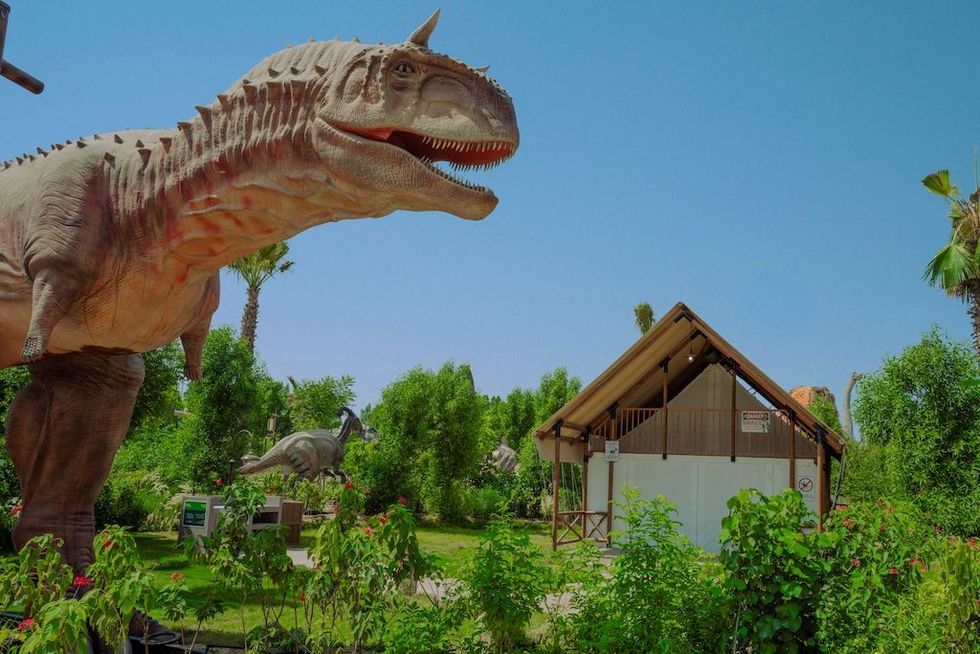

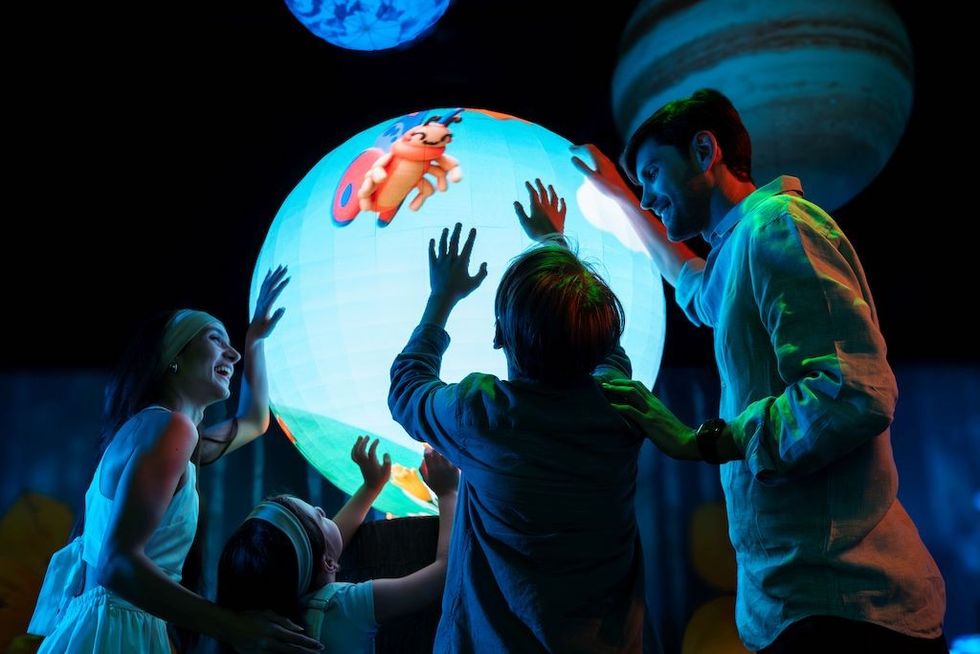








 Nickelodeon Land at Parque de Atracciones de Madrid
Nickelodeon Land at Parque de Atracciones de Madrid Raging Waters
Raging Waters 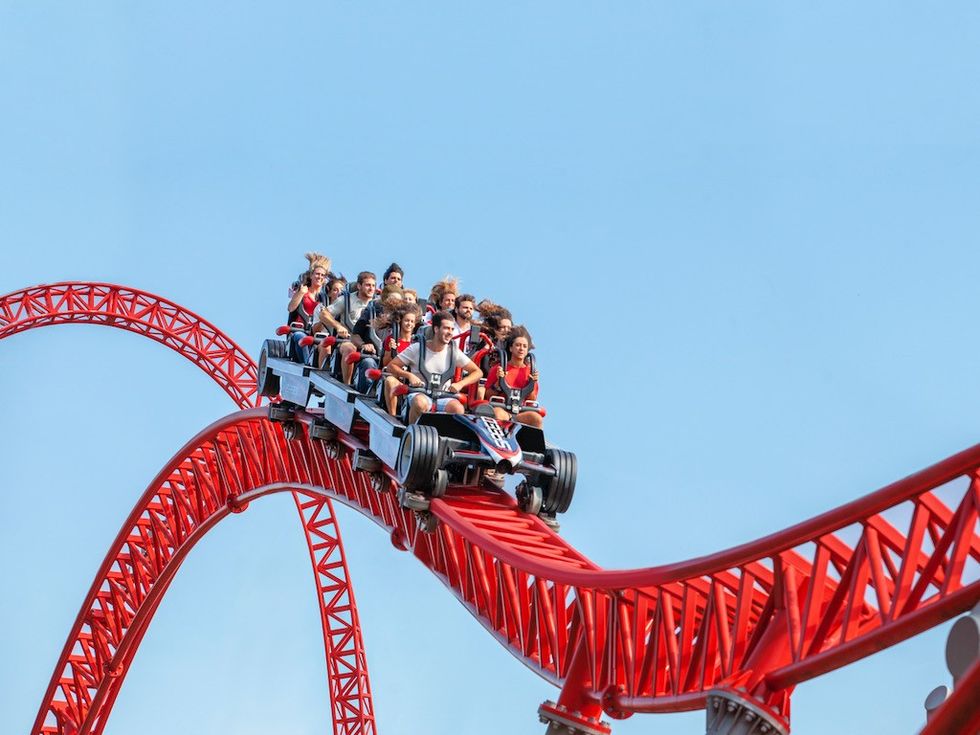 Mirabilandia's iSpeed coaster
Mirabilandia's iSpeed coaster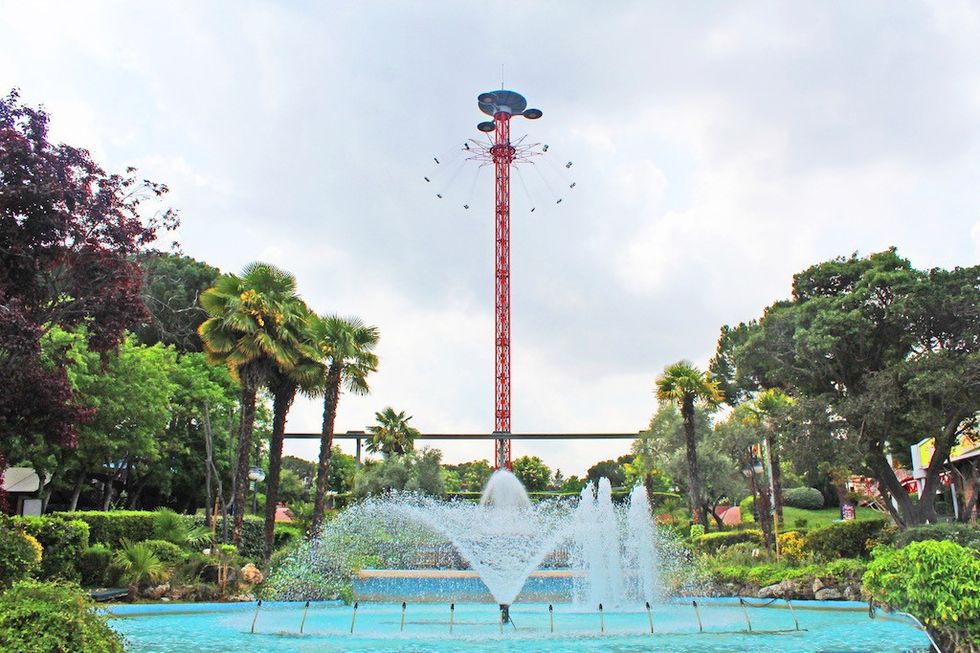 Parque de Atracciones de Madrid
Parque de Atracciones de Madrid Ferracci at the ribbon-cutting ceremony for Nickelodeon Land at Mirabilandia, with (left) Marie Marks, senior VP of global experiences for Paramount and (cutting the ribbon) Sabrina Mangina, GM at Mirabilandia
Ferracci at the ribbon-cutting ceremony for Nickelodeon Land at Mirabilandia, with (left) Marie Marks, senior VP of global experiences for Paramount and (cutting the ribbon) Sabrina Mangina, GM at Mirabilandia Tropical Islands OHANA hotel
Tropical Islands OHANA hotel Elephants at Blackpool Zoo
Elephants at Blackpool Zoo  Tusenfryd
Tusenfryd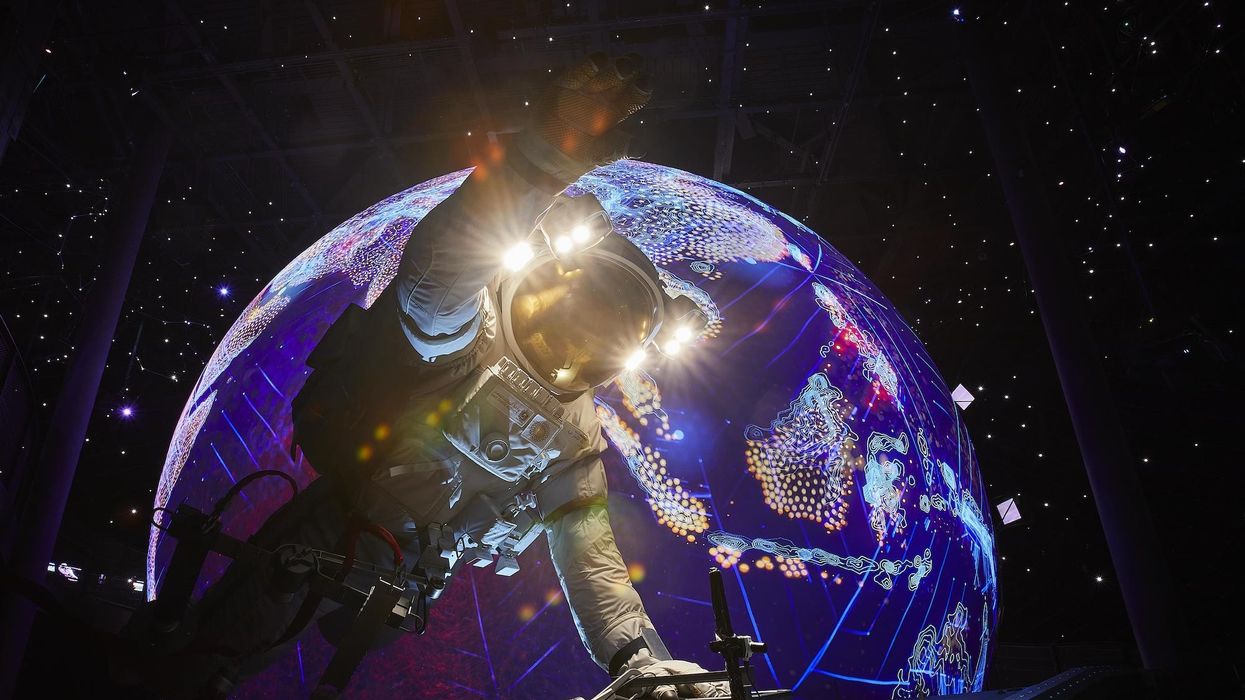
 Andrew Thomas, Jason Aldous and Rik Athorne
Andrew Thomas, Jason Aldous and Rik Athorne
